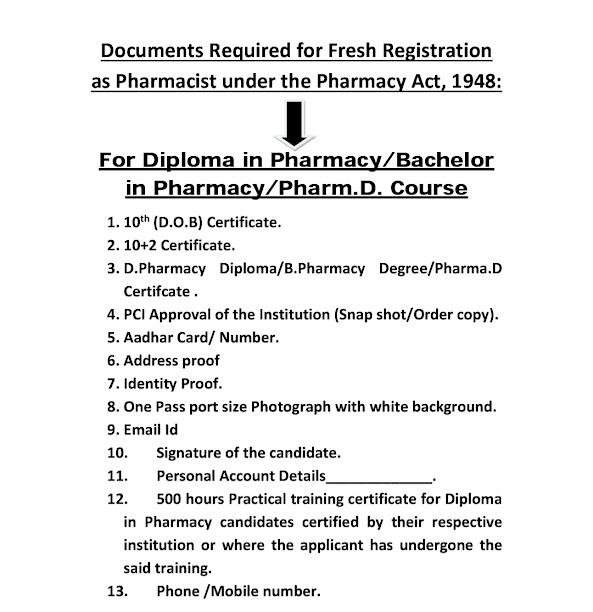BLOOD COLLECTION IN MICE
Write
by LALIT KUSHWAH
Blood
Collection. As
with any procedure, training is critically important. The comfort and level of
skill of an investigator with a procedure as well as the sample volume and
frequency of sampling should be considered when choosing a method.
When collecting blood,
care must be given not to exceed volumes that would have adverse health affects
on the animal.
Blood
sampling:-
laboratory examination of samples of blood. These are usually collected from an appropriate vein, but arterial samplesare required for some special techniques. Collection is by a closed method, either a hypodermic syringe or avacuumized container. The site of collection varies with the species and the circumstances. The sample may beclotted, for serum estimations, or collected with an anticoagulant for examinations on plasma or whole blood.
Mice
– Mandibular Vein
The Mandibular Vein is located under the jawbone of the
mouse (as shown in the first picture). This technique can be used for
collecting large volumes of blood.
1. Restrain
the animal by grasping the skin along its back with your left hand (if
right-handed). The animal needs to be held in a symmetrical position.
2. Clean
the withdrawal site with alcohol.
3. Locate
the hairless area at the angle of the mandible (see middle picture). This is
the landmark for the puncture site.
4. Insert
needle or lancet as shown in the third picture below.
5. Collect
blood into an appropriate container.
6. Release
the animal, and apply light pressure to stop bleeding.
Mice
& Rats – Saphenous Vein
The Saphenous Vein is located along the lower portion of
the hind leg. This technique is used for collecting small volumes of blood.
Unless the rat is anesthetized, this technique may require two people.
1. For
mice, restrain in a restraint tube. Place the animal head first into the tube,
and restrain the hind leg against the tube edge.
2. Pluck
or clip the hair on the leg.
3. Clean
withdrawal site with alcohol, and apply a small amount of petroleum based
ointment.
4. Apply
gentle pressure to the medial surface of the leg (as shown in picture). The
vessel should become visible as blood pools.
5. Prick
the vessel with a needle or lancet, and collect blood into an appropriate
container.
6. Release
animal, and apply pressure to stop bleeding.
Mice
& Rats – Orbital Sinus
The Orbital Sinus method may be used to collect large
volumes of blood. Appropriate anesthesia must be used for this procedure.
Animals may receive topical anesthetic (i.e., tetracaine ophthalmic
drops) or general anesthesia.
1. Restrain
the animal by grasping the skin along its back with your left hand (if
right-handed).
2. Apply
anesthetic drops to eye. Use caution not to touch the eye with the applicator.
3. Allow
drop to take affect and then wipe away any excess fluid.
4. Place
a hematocrit tube at the medial canthus of the eye (as shown in bottom
illustration).
5. With
a rotating motion, insert tube through the conjunctiva membrane.
6. Continue
rotating the tube until blood flows.
7. Collect
blood into an appropriate container.
8. Release
animal, and apply gentle pressure to stop bleeding.
Mice & Rats - Tail
Vein Nick
The Tail Vein is located on the side of the tail. It may be
used to collect a small to medium volume of blood.
1. Carefully
warm animal with heat lamp or disposable hand warmers.
2. Place
animal in an appropriate restraint device.
3. Clean
withdrawal site with alcohol.
4. Using
a sterile scalpel blade, nick the lateral tail vein as shown in this picture.
5. Collect
blood into an appropriate container.
6. Apply
gentle pressure to stop bleeding. Alternatively, skin glue or silver nitrate
may be applied.
Mice
& Rats – Terminal Blood Collection
Intracardiac (IC) bleeding
must only be performed on anesthetized animals.
It is a terminal procedure. The
animal must be euthanized once the sample
has been obtained. The heart
is located on the left side of the chest cavity.
1. Deeply
anesthetize the animal.
2. Clean
the withdrawal site with alcohol.
3. Insert
needle at the base of the sternum at a 15 to 20 degree angle, and to the left
of the midline as show in the picture on the left.
4. Pull
back the syringe plunger slowly to aspirate the syringe.
5. Once
procedure is complete, verify the animal is dead.










No comments:
Post a Comment